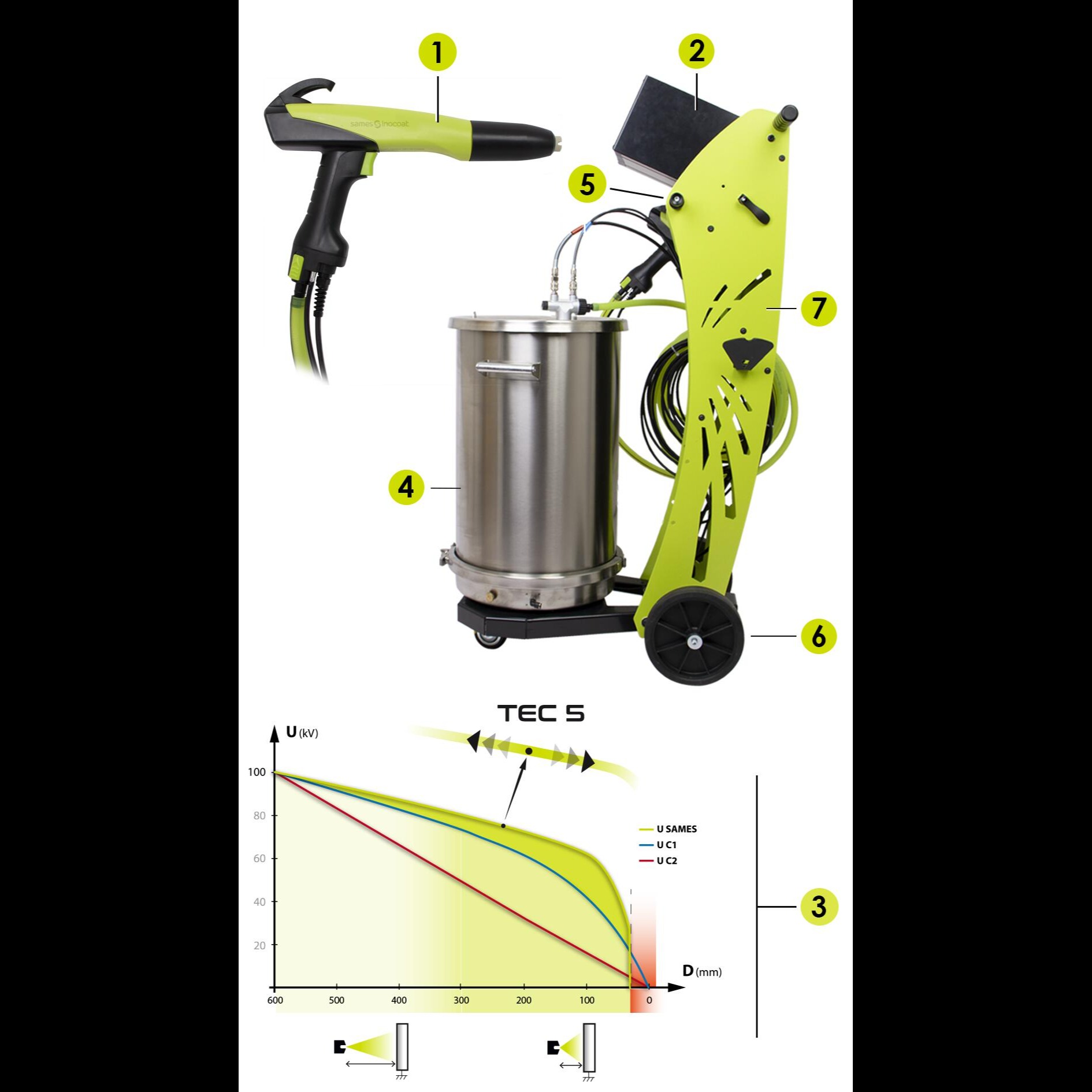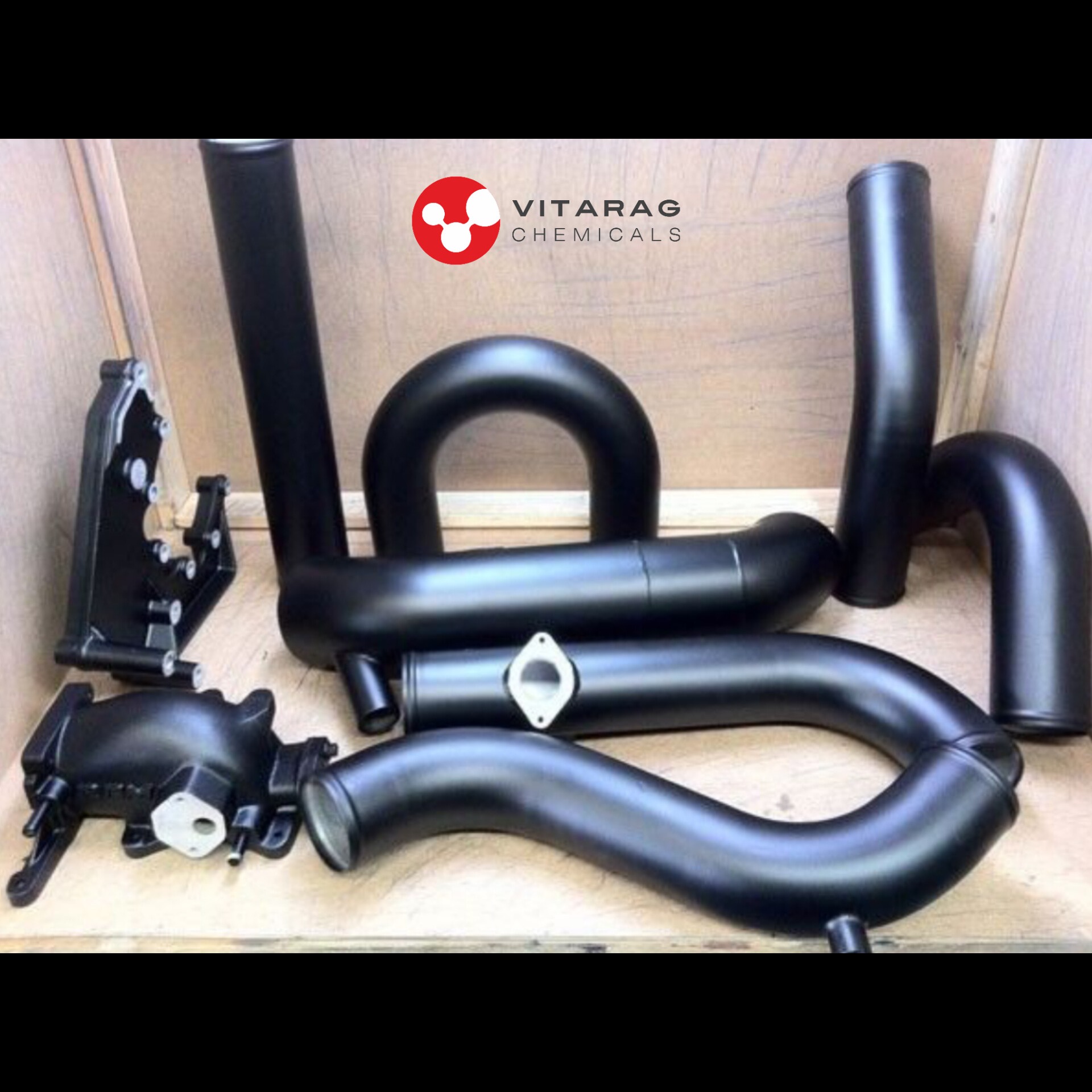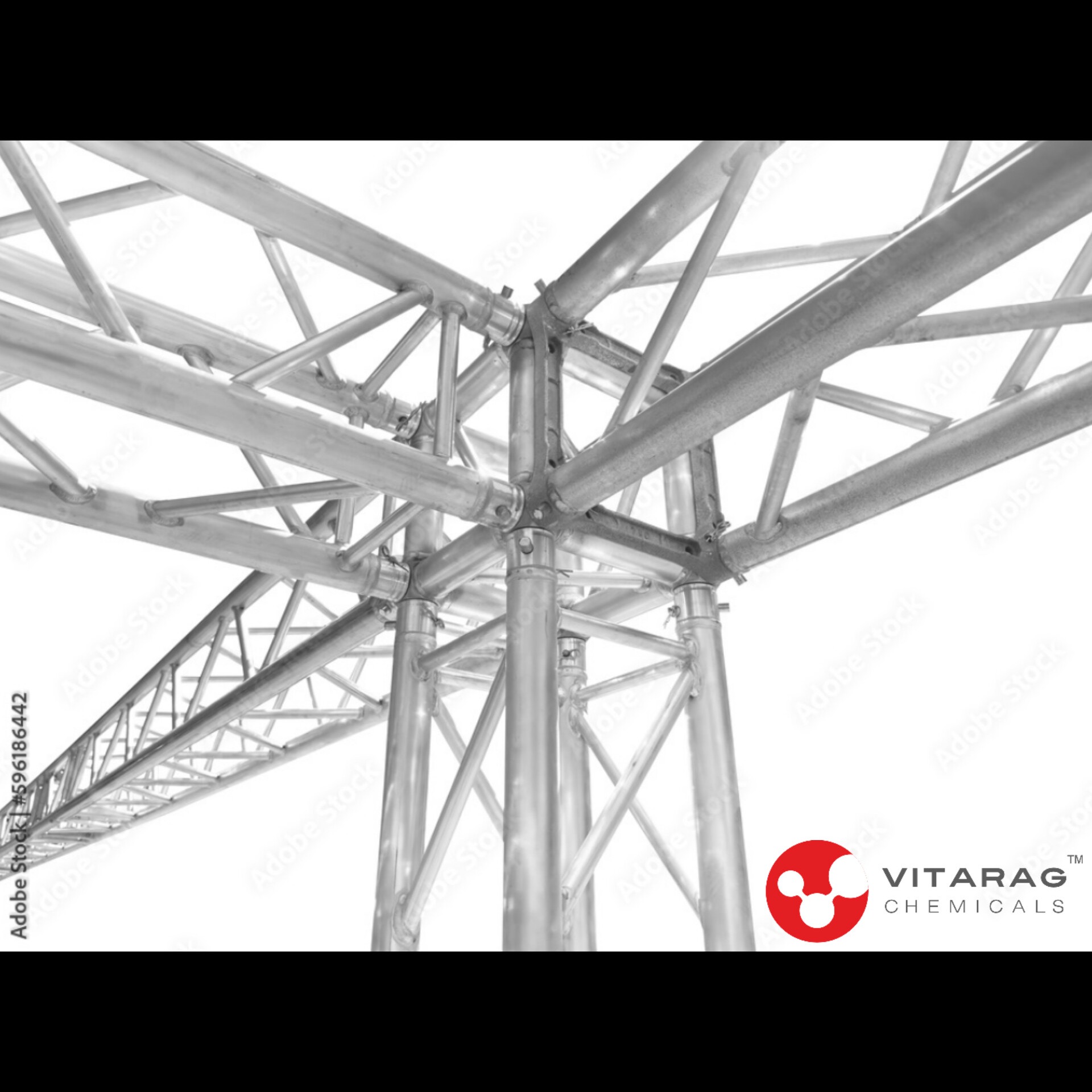
Degreaser for kitchen
1. Food-Safe Formulation: Opt for a degreaser that is labeled as safe for use in food preparation areas. Look for products that are NSF-certified or labeled as food-grade. This ensures that the degreaser won't leave harmful residues on surfaces that come into contact with food.
2. Non-Toxic and Biodegradable: Choose a degreaser that is non-toxic and biodegradable. This is important for the safety of both the environment and anyone using the kitchen.
3. Effective Grease Cutting: Ensure that the degreaser is effective at cutting through grease and oils commonly found in kitchens. Look for products that mention their ability to dissolve and lift tough grease stains.
4. Versatility: Consider whether the degreaser can be used on a variety of surfaces including stainless steel, ceramic, glass, and other kitchen materials. A versatile degreaser can simplify your cleaning routine.
5. Easy Application and Rinse: Select a degreaser that is easy to apply (spray or wipe-on) and rinse off without leaving streaks or residues.
6. Read Labels and Reviews: Always read product labels, instructions, and reviews to ensure that the degreaser meets your specific needs and performs well according to other users.
Keywords
4.
oils
Rinse
glass
safety
Reviews
streaks
ceramic
variety
ability
contact
kitchens
products
surfaces
environment
Versatility
other users
instructions
product labels
specific needs
stainless steel
harmful residues
Easy Application
cleaning routine
tough grease stains
versatile degreaser
Food-Safe Formulation
food preparation areas
other kitchen materials
Effective Grease Cutting




